Sentimental items are always the hardest things to part with. We may feel an emotional attachment to an item depending on who gave us that particular item. Sometimes items have sentimental value we place on them from a story we were told. This is particularly true with hand-me-downs. Like furniture, platters, plates, and clothing. Sentimental items are the items I always suggest going through last if you are doing a whole house declutter or a move. Because these items may evoke emotion when you hold or look at them, you have to go about it from a solid place in order to make sure you are decluttering items you don’t necessarily need to physically hold versus the items you need to hold in order to appreciate. I am sharing the best solution for parting with sentimental items that I have found after working with countless in-home organizing clients.
Start With Mindset
Your mindset is key when it comes to decluttering and parting with sentimental items. You need to feel confident in your decisions. By starting with your mindset, it will help you clear the mental clutter that can take over your mind before you start getting things organized. Plus it puts you in the right state of mind to make choices that actually work for you and your sentimental items. I have a free mindset guidebook that walks you through clearing the mental clutter. Get your free copy below.
Declutter Questions
Once you get yourself into a place where your mental clutter is cleared, you can start making decisions about the sentimental items you have in your home right now. Start by asking yourself questions regarding to that particular item. If it is an heirloom, can you display it to see every day? Is it something you use frequently? Do you enjoy it?
When you ask yourself questions, and give honest answers, you will start to see what items actually need to stay and what items you can part with. The biggest piece is asking yourself if you need to hold that item in order to appreciate it. That means that some things can be turned into pictures instead of holding onto the physical item. I had a client who took pictures of family heirlooms and had family members write memories next to it in a scrapbook. That book was way more meaningful than holding onto items individually, with no stories connected to it.
I have some declutter questions that you can get for free below.
Get Rid Of Guilt
As you answer the declutter questions, you have to remove the guilt that comes with parting with sentimental items. There is typically a lot of guilt that goes with these items. You may feel guilty about getting rid of something that was your great-grandmothers. So you don’t want to part with it, even though it is taking up space in your home. You need to separate the item from the emotion. And this is hard to do. But you need to think about a memory as a separate entity than the physical item itself. This will help you part with the guilt around getting rid of an item.
Gifts
When it comes to gifts from others, we need to stop putting the sentiment on the gift itself. Our focus should be on the gesture of giving the gift. The act of giving. Not the physical item. Again, easier said than done. But it is possible. We need to stop feeling guilty about showcasing a gift that you or a family member may or may not appreciate.
I feel the hardest gifts to part with are from family members. So one way to eliminate that guilt is to take a picture with that gift. If it is a toy and you don’t want to keep it, then have the child hold the toy and smile. Share it with the family member and write something like we appreciate the gesture of the gift you thought of. This shows you appreciate the act of giving the gift. Which is what a gift really should be!
Other People’s Clutter
Another type of sentimental clutter happens to belong to someone else. Other people’s clutter ends up being their hand-me-downs or heirlooms from the family. And these are also difficult to part with because they aren’t ours to decide what should be done with them.
So my take on this can be rather harsh. But it has to do with you and the boundaries you have set for other people’s sentimental clutter. Because that is what this is. Other people’s clutter.
What I recommend is you removing the variable. That variable is the other people who give you their stuff. So you take them out of the equation and decide if that item is worth saving for yourself. If it is, great! Use it or display it. If it is not, ask that individual if they want it back. If they say no, then you can part with it because it is now your “clutter”. This is where I get harsh. You cannot take on other people’s clutter if you are dealing with your own. So stop trying and make a decision for yourself. Not someone else.
You can read more here.
Keep What Speaks To You
As you part with sentimental items, hold onto the pieces that speak to you. The things that actually make you happy. For me, I have my grandmother’s vanity tray. It is really old-looking, but it makes me so happy when I see it every morning. I also have my great-grandmother’s tea cups. I have one tea cup for each of my great-grandmother’s sets from both sides of the family. And I have them on display. That way I can see them every day when we are eating in our kitchen. We repurposed a piece of furniture that was my husband’s mothers. Again, it is something we use and see on a daily basis.
You need to keep in mind that the items you keep can tell the story of all the other items you have parted with. Making that one item much more meaningful than just holding onto all the things. When we focus on keeping items that speak to us, we are truly finding the treasures that are actually meaningful.
Parting With Sentimental Items
When you are parting with sentimental items, clear your mental clutter first. Then ask yourself questions as you declutter. And answer those questions honestly. In order to do that, you have to remove the guilt around the item. And take the gesture of a gift for just that. A gesture. Stop dealing with other people’s clutter. This way you can keep items that truly speak to you. Once you collect those items, you can read how to store them here.


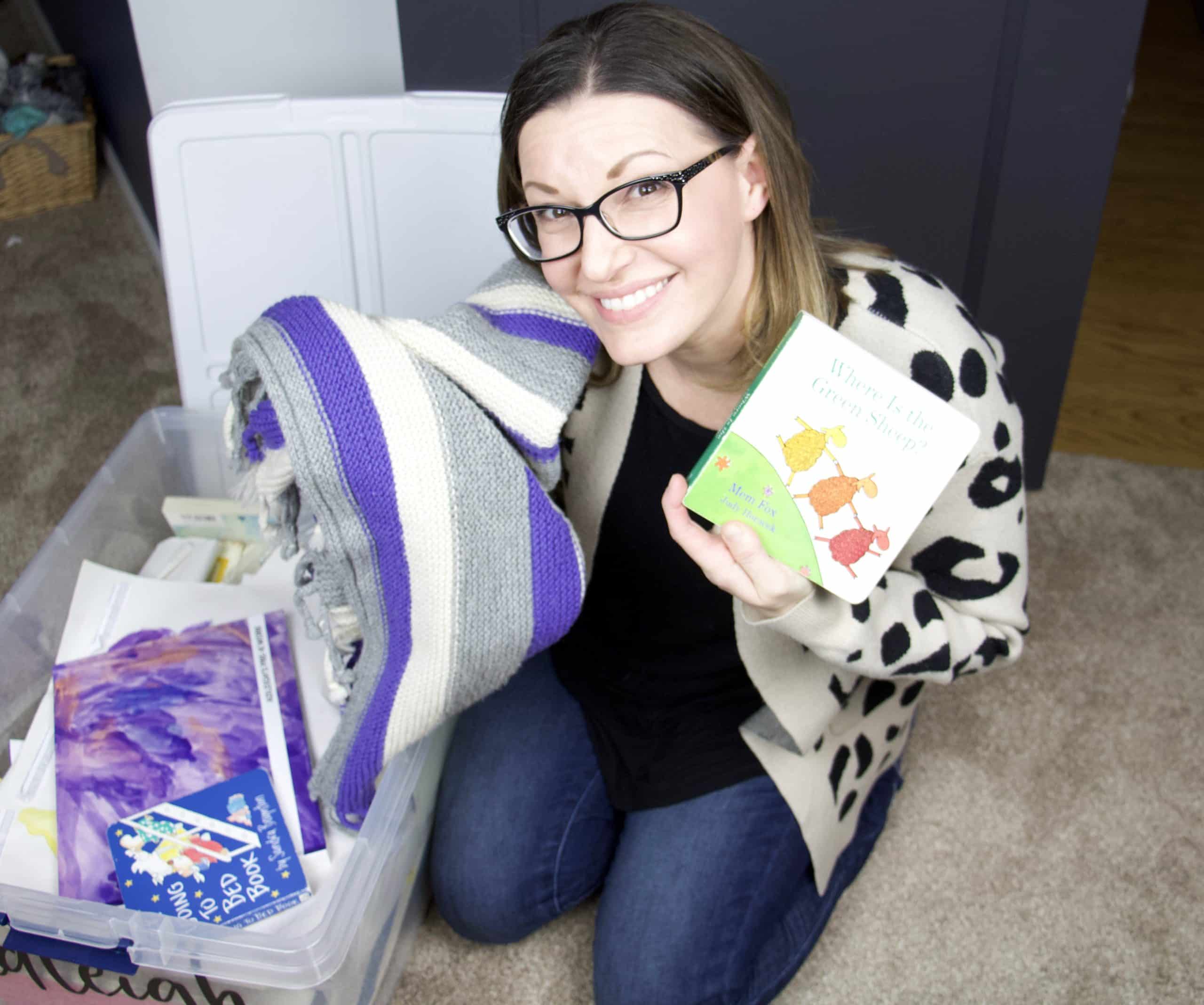

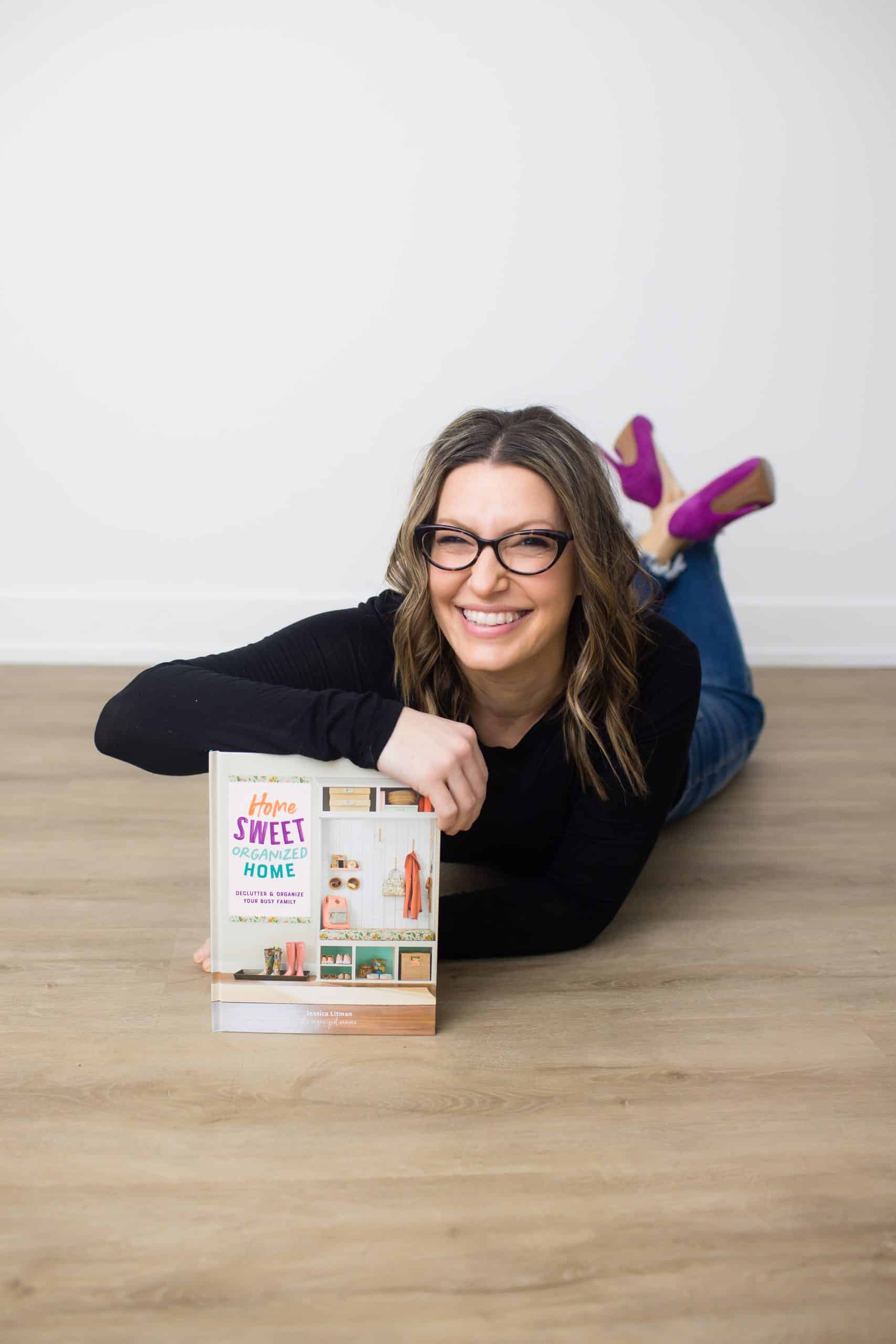

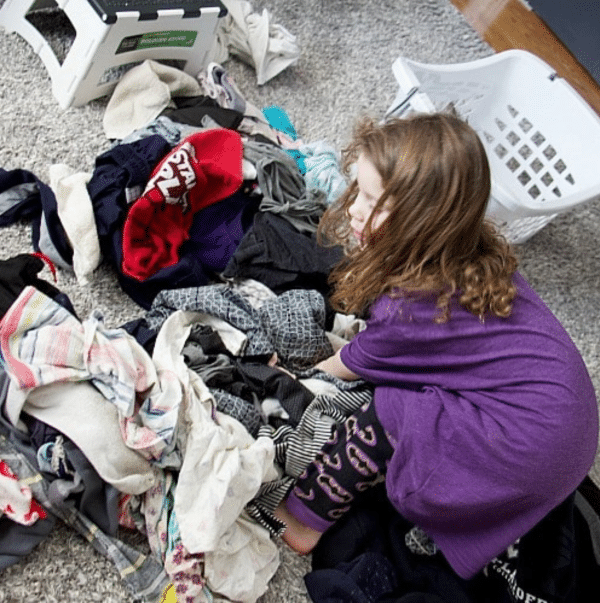

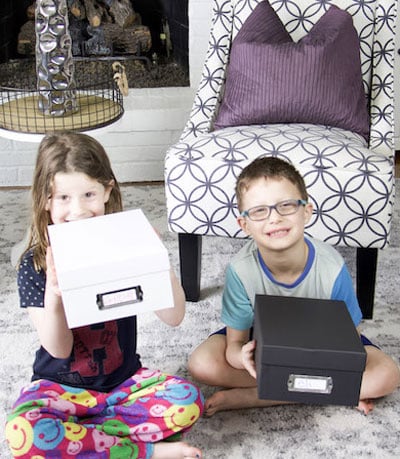

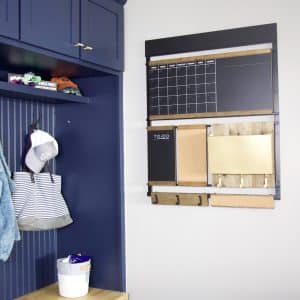
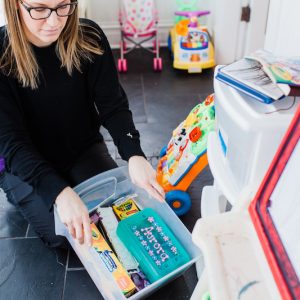
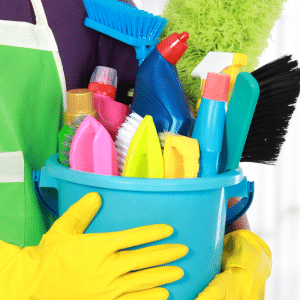




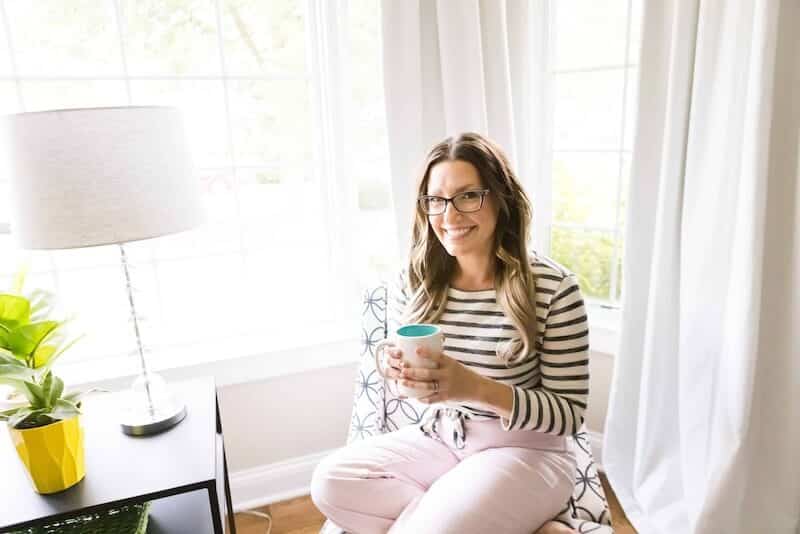
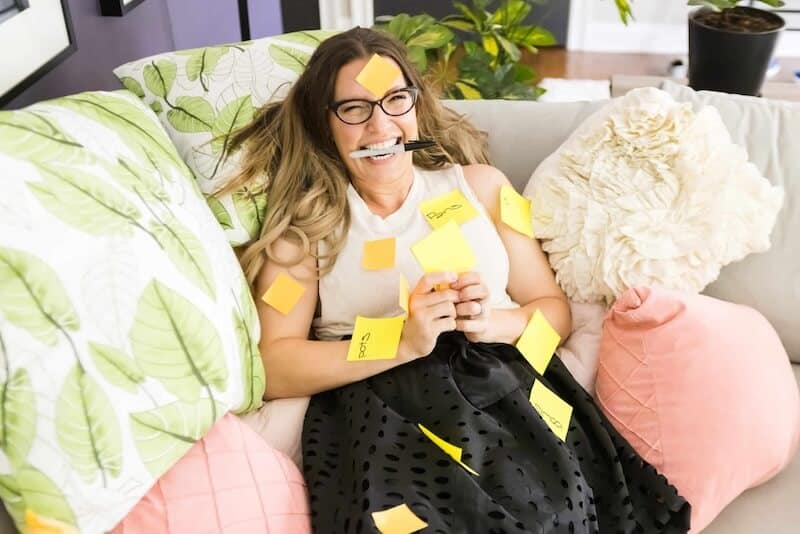

Yes! Great advice! I love the advice about parting (or not taking) other people’s clutter! My brother gave us a ton of books his kids had outgrown. It was overwhelming. But I sorted through them, kept some and donated the rest.
Another thing that helps me is when a family member says “oh, you can’t get rid of that [family thing},” I turn it around and ask when they would like me to drop it off at their house because they are clearly attached to it. A few times they’ve accepted it; most of the time, it gives them pause to see that they are asking me to keep things they don’t even want, which gives them space to accept that I’m giving it away.
One more is handed-down, non-heirloom furniture. When we are done with it, I give the person who gave it to me right of first refusal (I offer it back to them). If they don’t want it, I’m free to donate or sell it. I’ve actually made that a stipulation of taking things (we tend to rotate furniture in my family, for some reason). If they are not okay with me doing what I will with the piece (beyond right of first refusal to get it back), I will not take it.
I love that so much! It is so helpful to have clear boundaries!